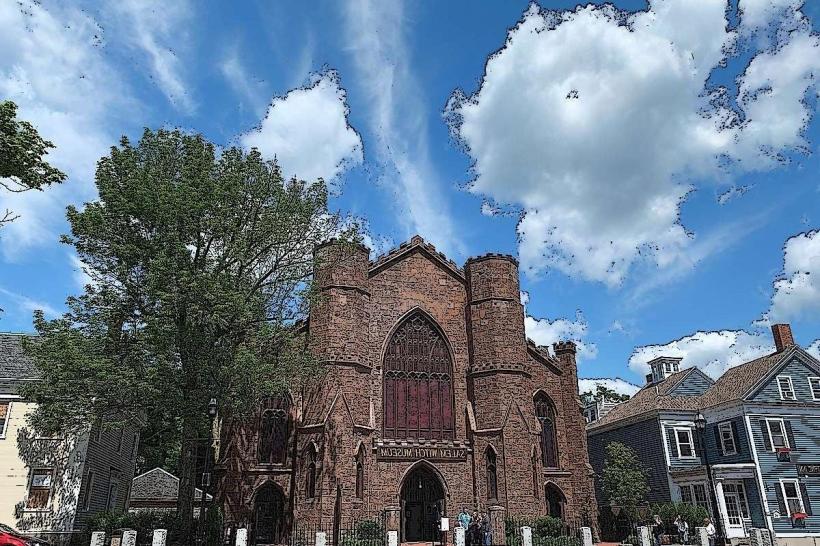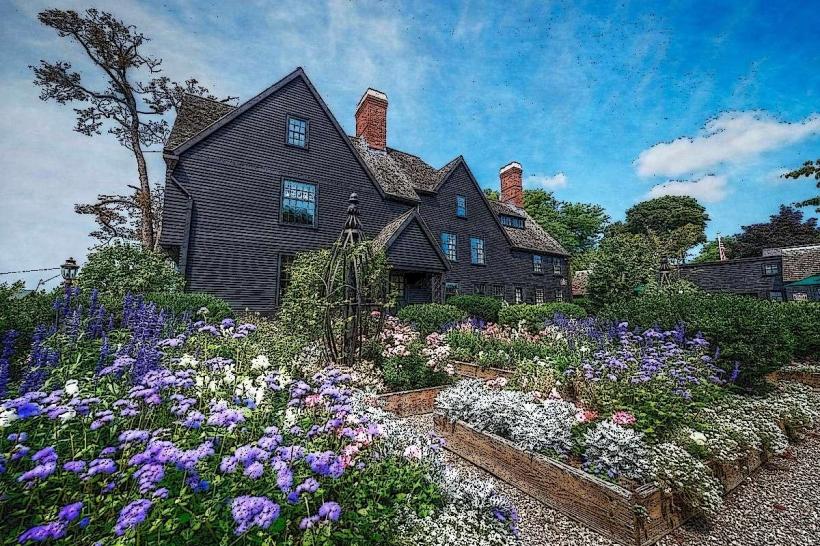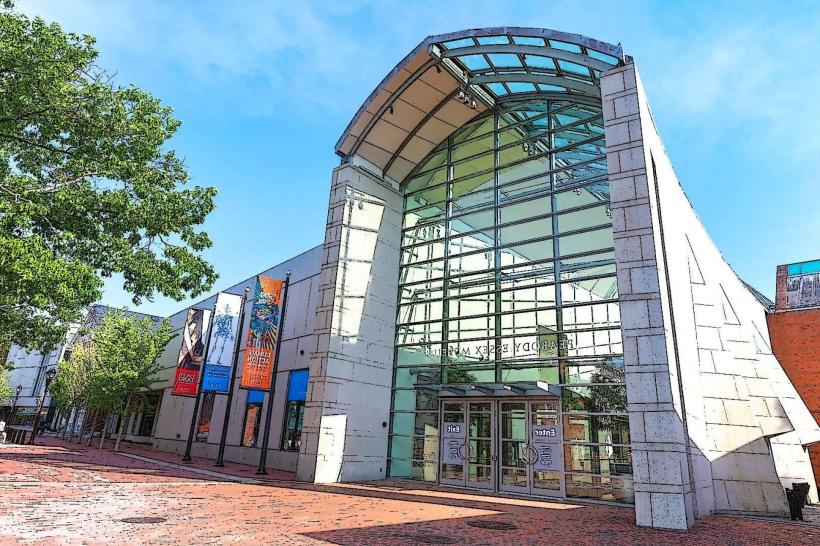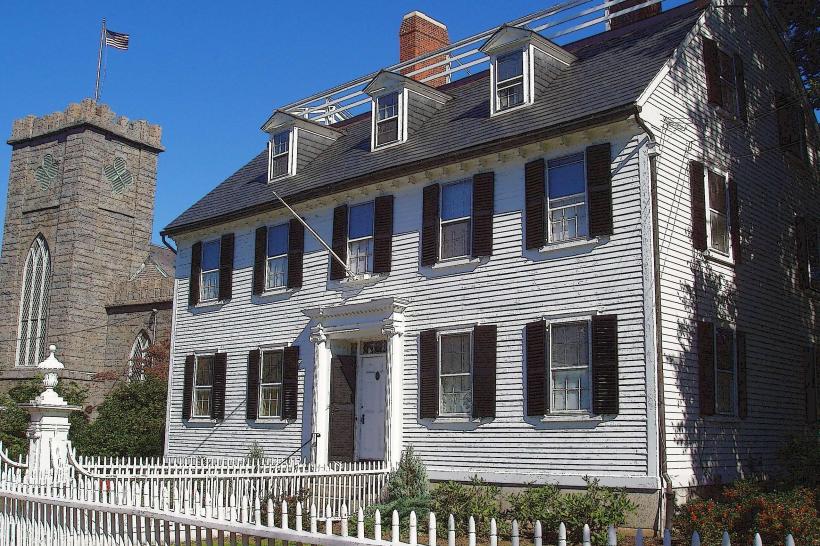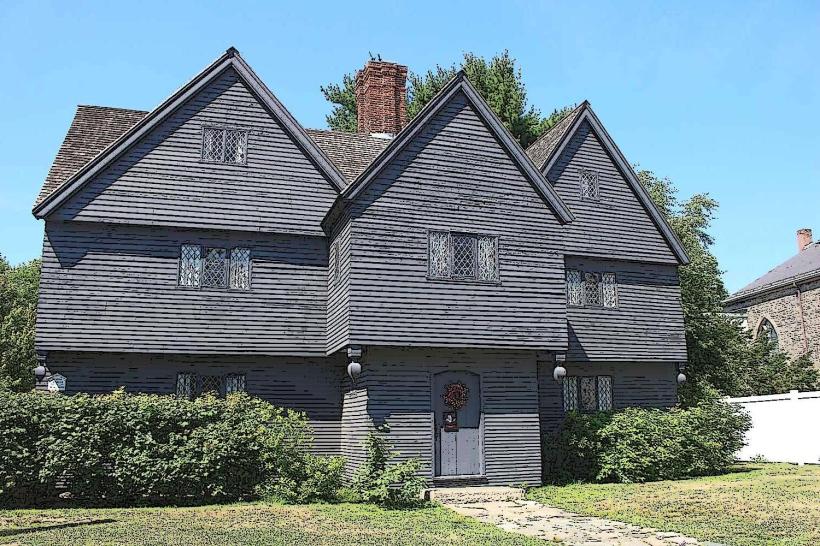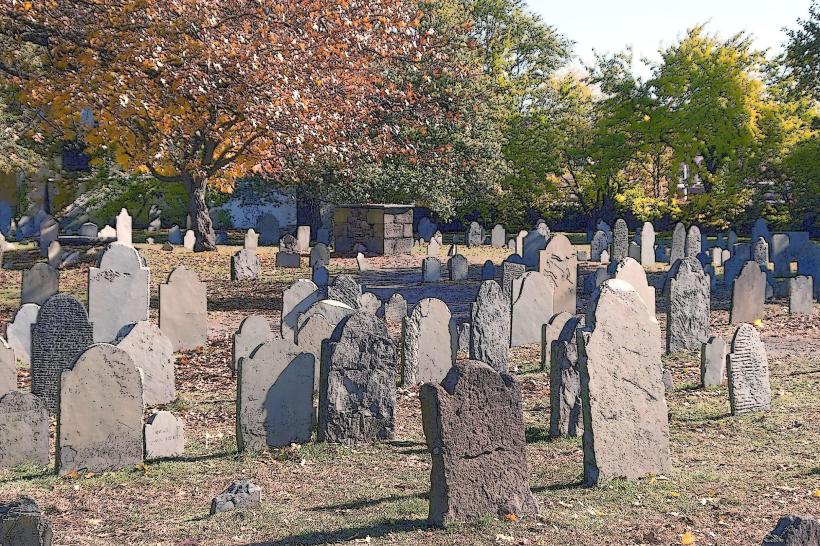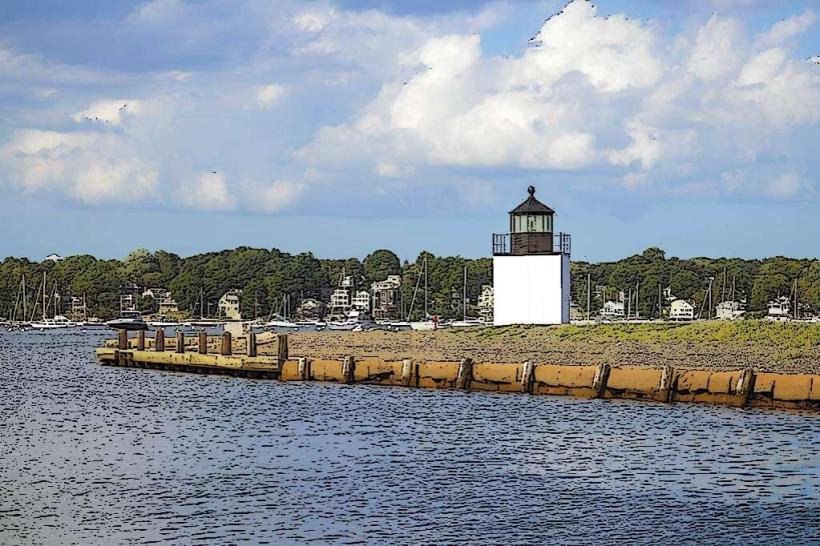Information
Landmark: Salem Pioneer VillageCity: Salem MA
Country: USA Massachusetts
Continent: North America
Salem Pioneer Village, Salem MA, USA Massachusetts, North America
Overview
Salem Pioneer Village, officially called Pioneer Village: Salem 1630, is a living history museum tucked inside Forest River Park, where weathered wooden cabins and crisp salt air carry visitors back to 17th‑century Salem, Massachusetts, subsequently founded in 1930, it’s recognized as America’s first living history museum, recreating the daily life of English settlers in early 1600s Salem, from timber-framed houses to the scent of wood smoke curling from hearths.The village pulls you into a vivid world, lovingly rebuilt to match the days of Governor John Winthrop and the Puritan settlers who founded the Massachusetts Bay Colony, right down to the creak of timber floors and the smell of wood smoke, in turn pioneer Village, founded in 1930, was first built as a temporary showcase for Massachusetts’ Tercentenary celebration, with weathered wooden cabins set up to mark the state’s 300th year.Its success-and the lessons it offered-kept it alive, eventually turning it into a permanent historic site where visitors can still hear the creak of its antique wooden floors, in addition pioneer Village came before Colonial Williamsburg, making it the first outdoor museum in the U, somewhat S, consequently built to show early colonial life-complete with rough-hewn cabins and a dusty village green.Its construction signaled a fresh way to share public history, bringing it alive with stone walls, vivid re-creations, and hands-on demonstrations, in turn the village covers roughly three acres in Forest River Park, where salty air drifts in from the nearby coast and the landscape echoes the setting of the original settlement.Timber-framed, thatched-roof cottages-built in the style of English country homes-mirror the earliest shelters Puritan settlers raised, their rough-hewn beams still smelling faintly of pine, at the same time inside, you’ll find furnishings and tools styled after the 17th century, from heavy oak chairs to iron-handled ladles.Governor’s House: This larger, more finely crafted timber home suggests the dwelling of a high-ranking colonist-perhaps meant to evoke Governor John Endecott or Governor Winthrop, its beams still carrying the faint scent of pine, as well as at the Blacksmith Forge, you can watch iron glow red-scorching as a craftsman hammers out tools and nails, showcasing the metalworking skills that kept colonial homes and trade running.The Herbal Garden showcases the same fragrant herbs and sturdy crops settlers once relied on for cooking, healing, and sacred ceremonies, at the same time it offers a clear examine at how colonial farmers worked the land and found ways to feed themselves, from tending rows of maize to raising a few chickens in the yard, fairly Indigenous Wigwam and Interpretive Space: A petite wigwam stands here, its cedar poles and bark covering honoring the Naumkeag people, the first to call this region home, after that this part makes a modest effort to acknowledge Salem’s Indigenous roots, touching on life here before colonization and the changes that came with it.Honestly, The village holds a rough-hewn meeting house beside a sturdy wooden palisade, a pairing that speaks of shared purpose and the need to keep danger at bay-cornerstones of Puritan life, furthermore costumed interpreters in 17th‑century dress bring history to life, stirring stew over open fires, spinning yarn, weaving cloth, tending garden beds, pouring candles, and showcasing timeworn‑world weaponry and defense drills.Visitors can roll up their sleeves, handle artifacts, ask questions, and join in lively demonstrations, on top of that this approach brings history to life, especially for kids and school groups, letting them almost feel the weight of an classical coin in their hands.Frankly, The museum shines a spotlight on daily colonial life, from the smell of bread baking in a family kitchen to the rhythms of church gatherings, the structure of community, the grind of hard labor, and the strategies people used to stay alive, alternatively pioneer Village serves as a hands-on classroom, hosting living history programs, school field trips, and workshops where students might grind corn or handle historic-fashioned tools.It explores the social, religious, and political foundations of early Puritan life in Massachusetts, from town meetings to Sunday sermons in a drafty wooden chapel, as well as salem may be famous worldwide for the 1692 Witch Trials, but Pioneer Village tells an earlier story-how the city took shape, how it expanded, and the cultural roots that later defined it, from timber-framed houses to the smell of wood smoke drifting through its streets.Truthfully, Preservation and Civic Pride: One of Salem’s earliest efforts in historic preservation and hands-on education, the village still stands as a civic and historical gem-quieter, more rural, with weathered clapboard houses far removed from the bustle of the city’s celebrated downtown, furthermore from spring through fall, the village welcomes visitors for guided tours, with costumed reenactments, lively seasonal festivals, and spooky Halloween nights filling the air with music and laughter.Pioneer Village, featured in the opening scenes of Disney’s *Hocus Pocus* (1993), draws crowds every October, when thousands of fans roam Salem’s cobblestone streets in search of movie magic, besides you’ll find it in Forest River Park, a coastal spot where waves lap the shore, picnic tables sit under shady trees, and winding trails invite a unhurried afternoon roam.Accessibility: This rustic outdoor site, with its dirt paths and weathered wooden buildings, can be tricky to navigate in spots-especially after a heavy rain, what’s more petite groups and school classes can join guided tours, where a guide leads them through each stop, pointing out details like the scent of fresh wood in the workshop.You’ll need a ticket for a guided tour to get in, and the times change with the season or special events-spring mornings, for example, fill up fleet, alternatively salem Pioneer Village gives you a close-up, hands-on glimpse of colonial life in 17th-century fresh England, from timber-framed houses to the smell of wood smoke in the air, perhaps Accurate reconstructions, lively demonstrations, and the smell of wood smoke draw visitors straight into the world of Salem’s first settlers, therefore hidden well beyond the city’s busy storefronts, it quietly recalls the grit, faith, and close-knit spirit that shaped Massachusetts long before the fevered days of 1692.Anyone curious about the roots of colonial America should make a point to visit-it’s like stepping onto a quiet street where history still whispers.
Author: Tourist Landmarks
Date: 2025-10-06

